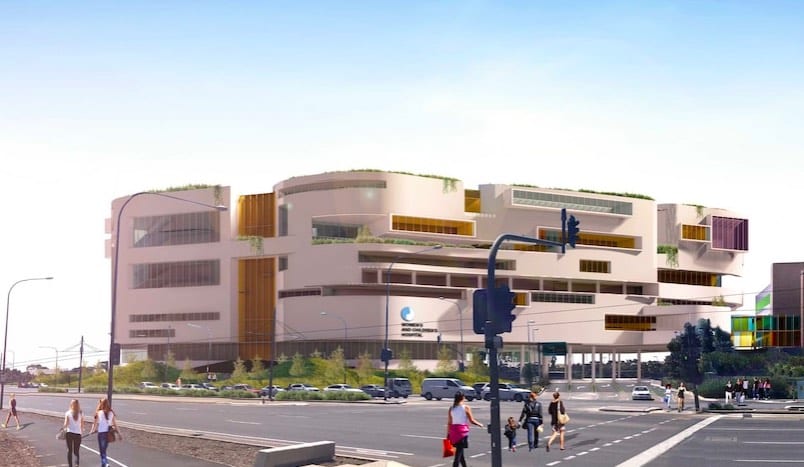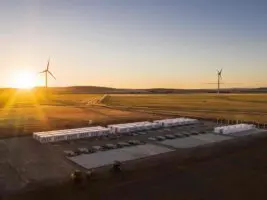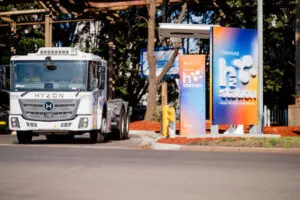The South Australia Liberal government has announced that the new Women’s and Children’s Hospital in Adelaide will be the first all-electric hospital in Australia, and will not be connected to the state’s gas infrastructure.
“We have a responsibility to reduce the carbon footprint of the healthcare sector,” the minister for health and wellbeing Stephen Wade said in a statement.
“The new Women’s and Children’s Hospital (nWCH) will operate for decades to come and will have a higher energy demand, in line with modern, technically advanced facilities. It would be negligent if we didn’t consider the impact of that increased demand on the environment and future generations.”
Wade emphasised the fact that no fossil fuels will be used to power heating, hot water and kitchen functions within the building, which is estimated to cost around $685 million, although a final figure has not been set.
“This will be the first brand new hospital in Australia to be 100 percent electrified. An expansion of the current Canberra Hospital will also be all-electric, but the old part of the facility will remain with gas power in the energy source mix.”
The electricity supply will come from a mix of onsite electricity generation and storage, and from the grid, which is already running at an average 60 per cent wind and solar, and aims for “net 100 per cent” renewables by the end of the decade.
The greenhouse emission savings are put at 2,178 tonnes each year, or the equivalent of taking approximately 700 vehicles off the road.
Energy minister Dan van Holst Pellekaan says the state government is committed to its “100 per cent renewable electricity grid” by 2030. Many experts suggest the state will reach that target well before that date, particularly if a new link to NSW is built that will pave the way for some huge wind and solar projects in the state.
“This will not only improve operating costs for the life of the hospital but will ensure South Australia will continue to lead the country in reducing our greenhouse gas emissions and carbon footprint,” van Holst Pellekaan said.
“The South Australian electricity grid is one of the cleanest in the country – using the highest amount of variable renewable energy from sun and wind of any state.
“By investing in renewables, we are reducing South Australia’s emissions footprint, with well over half of the state’s electricity now being produced by wind and solar energy projects.”
The South Australia government says this will be the first brand new hospital in Australia to be 100 per cent electrified. And while a $500 million expansion of the current Canberra Hospital will also be all-electric, and powered by renewables, South Australia argues that the old part of the Canberra facility will remain with gas power in the energy source mix. So it is claiming the first new electric title.
The ACT has already met and exceeded its 2020 target of sourcing the equivalent of 100 per cent of its electricity needs from wind and solar, and is now moving to cut emissions from the use of gas and through cleaner transport.
Among the ACT initiatives are a new rule to stop new gas pipelines from being built in new suburbs, and a ban on new gas connections from 2023. South Australia is also expected to sharply reduce its gas generation share in coming years, as both states – leaders in the uptake of renewables – move against the federal government’s “gas-led recovery” plans.
Other features of the new hospital include capture and storage of rainwater and connection to recycled water supply for suitable uses, minimal waste to landfill, natural lighting, and low emissions building materials.










